What are the signs of concrete beam failure?
Concrete beam failure can result from a variety of factors, such as overloading, poor design, material defects, or exposure to harsh environmental conditions. Here are key signs of concrete beam failure:
3 min read
CRACKING
Flexural Cracks: These are vertical cracks typically found in the tension zone of the beam (usually at the bottom of the beam). They appear when the tensile strength of concrete is exceeded.
Diagonal or Shear Cracks: These occur near the supports and may indicate shear failure. Shear cracks are usually inclined at 45 degrees to the horizontal and may widen with time.
Horizontal Cracks: These can appear along the sides of the beam, often near the compression zone, indicating compressive failure.
Excessive Cracking: If cracks widen, it indicates the beam is overloaded or poorly reinforced.
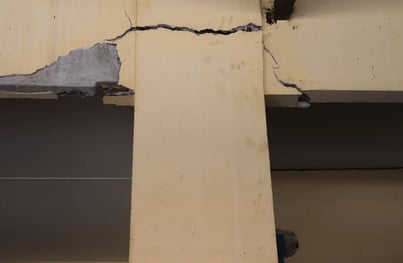

EXCESSIVE DEFLECTION
If the beam begins to sag more than expected, it is often a sign of structural weakness. This deflection might be gradual but should be monitored closely, as it signals overloading or material fatigue.

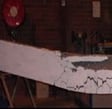
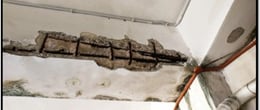

3. SPALLING
Spalling refers to chunks of concrete falling off, often exposing the steel reinforcement. It is often caused by corrosion of the reinforcement, freeze-thaw cycles, or impact damage. Spalling reduces the beam’s load-bearing capacity.
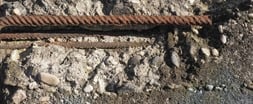

REINFORCED BAR EXPOSURE
When the steel reinforcement bars (rebars) become exposed, it often signals deterioration. This exposure is often caused by corrosion, concrete cover erosion, or insufficient cover during construction.
5. SOUND CHANGES (HOLLOW CHANGES)
Tapping the concrete surface may reveal a hollow sound in areas where internal deterioration has occurred. This suggests voids within the beam due to cracking or delamination.


6. CONCRETE DISCOLORATION
Discoloration, often due to water ingress or corrosion, can indicate deterioration of the internal steel reinforcement or chemical reactions like alkali-silica reaction (ASR), which can weaken the beam.

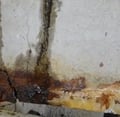
STEEL CORROSION (RUST STAINS)
Rust stains on the surface of the concrete, particularly near cracks or exposed reinforcement, indicate corrosion. Corrosion weakens the rebars and can lead to structural failure.
8. VIBRATION OR EXCESSIVE MOVEMENT
Excessive vibration or unexpected movement under load may suggest structural weakening or instability. It often precedes significant failure.
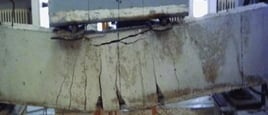

9. SUDDEN DROP IN LOAD CAPACITY
If the beam’s ability to bear loads decreases suddenly, it may be due to issues such as fatigue, corrosion, or internal cracking. This is a dangerous condition that requires immediate attention.
10. Buckling of Compression Reinforcement
If the beam has undergone compressive failure, the steel bars in the compression zone may buckle or deform, further compromising the structural integrity.

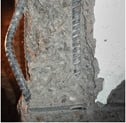
Contact Us
Get in touch with our team of professional engineers to discuss your project requirements or to request more information about our services.
(407) 901-0133
Contact Us
Address
Preeminent Solutions
P.O. Box 206, Sanford, FL, 32773
